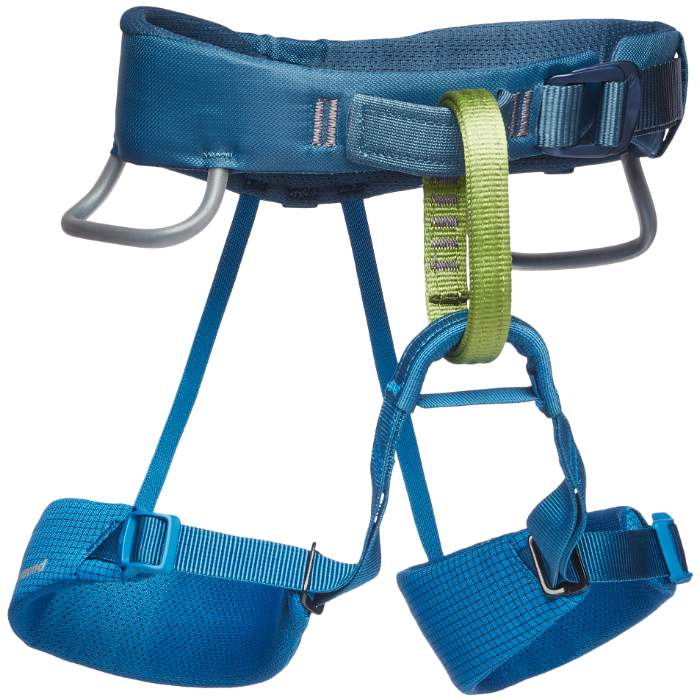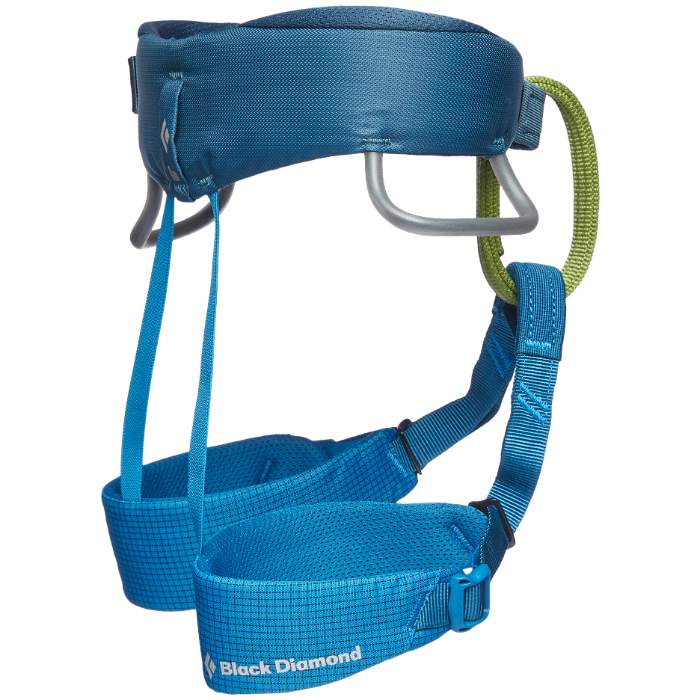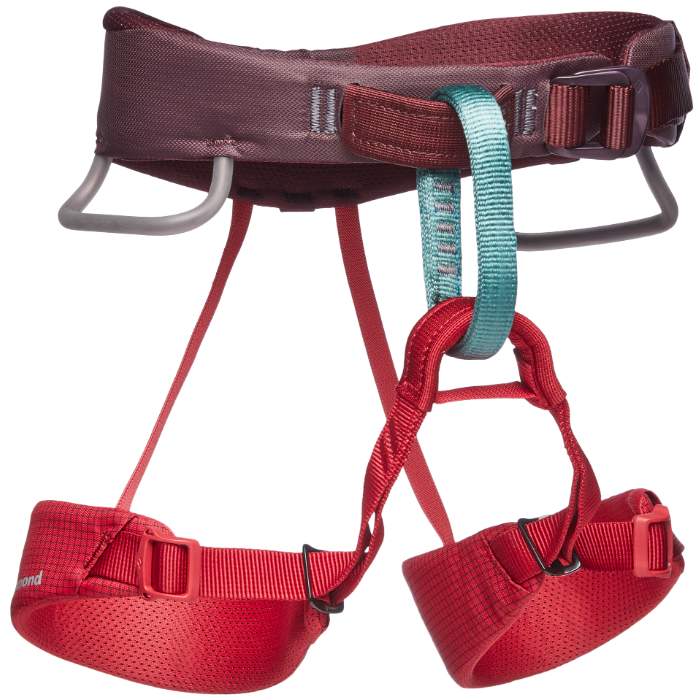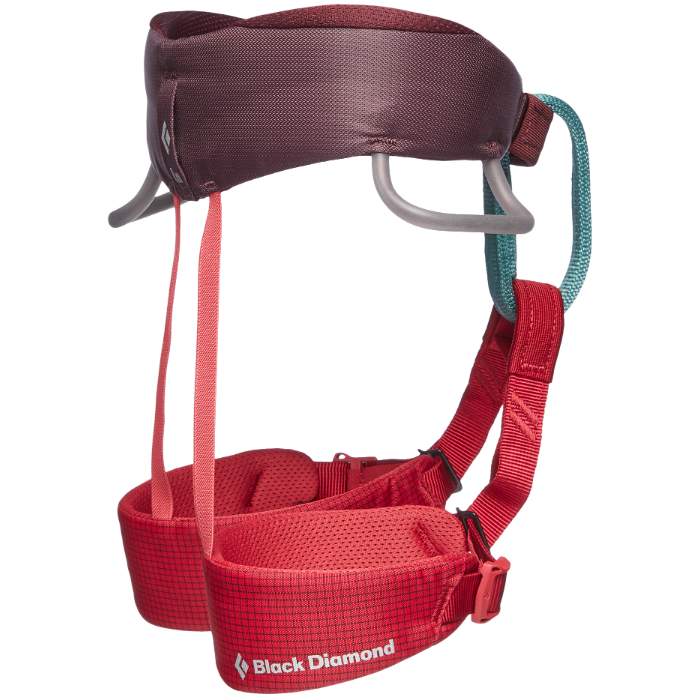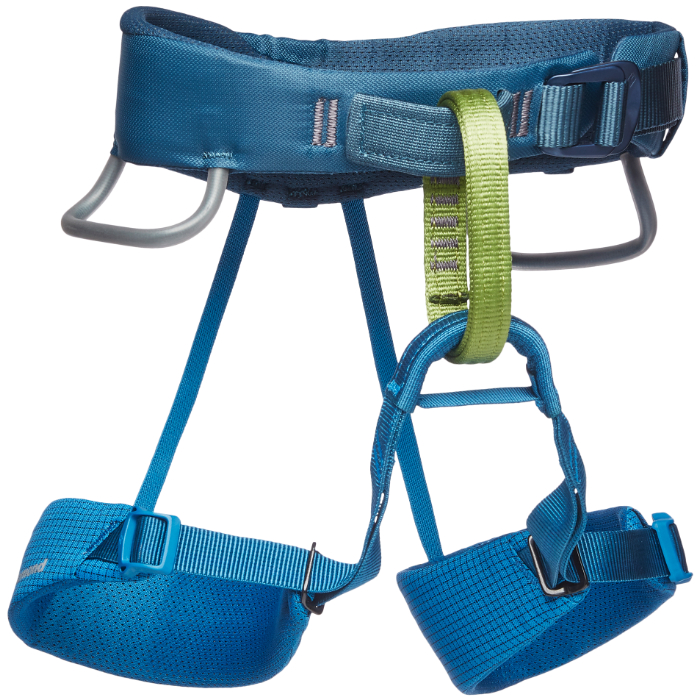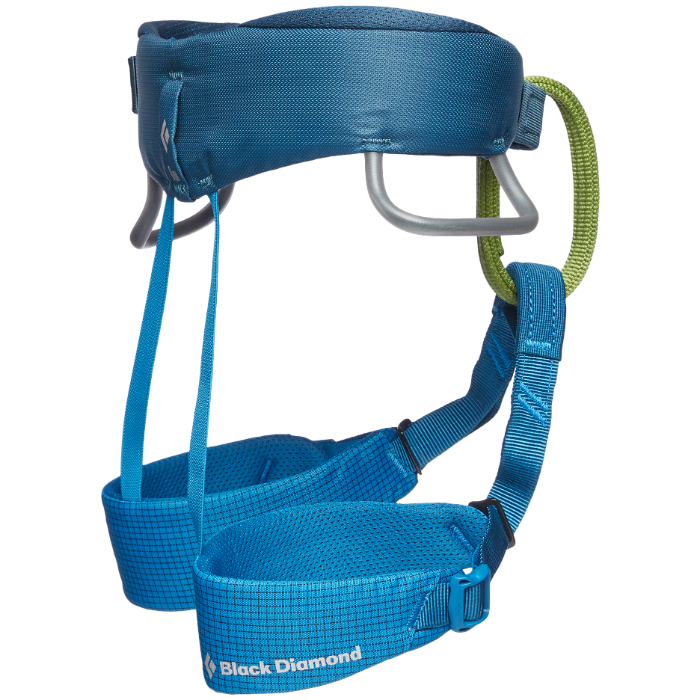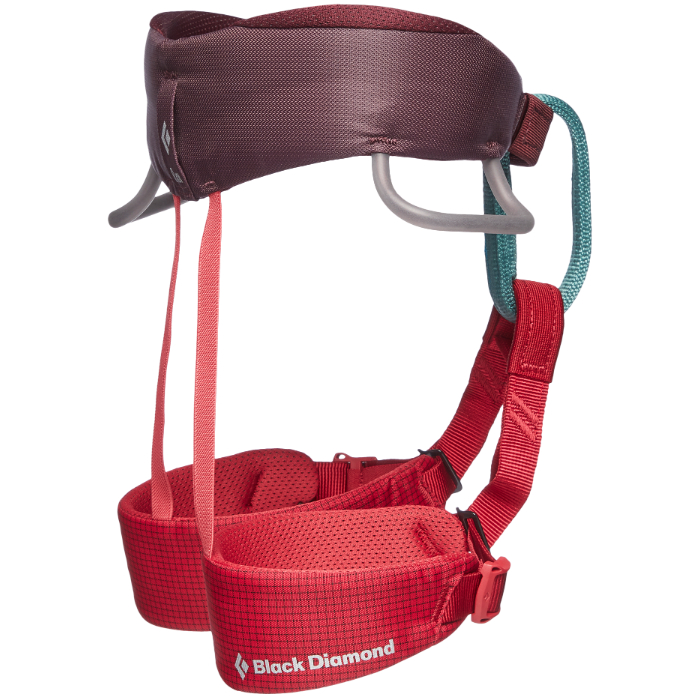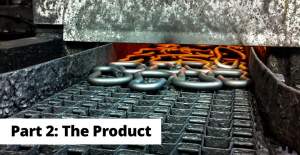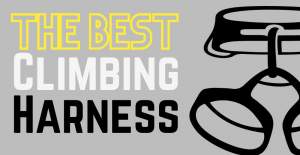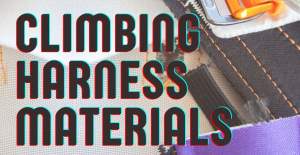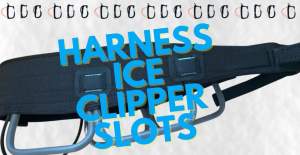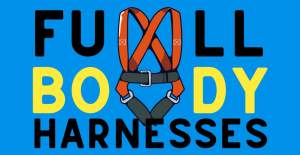Momentum Kids
Description
Our premier kids' harness built with the same features and technology as our adult models, the Kids' Momentum is designed for aspiring crushers. trakFIT adjustment for easy leg loop customization.
Retail price
When you click a link below and then checkout online, no matter what you buy (climbing gear or not), we get a small commission that helps us keep this site up-to-date. Thanks!
Weight (g)  | 224 g One Size : 224 g / 7.9 oz |
| Fit | Kids |
| Sizes | XS, S |
Gear Loops  | 2 Gear loops |
Ice Clip Slots  | No, 0 |
| Belay / Tie-In | One Loop |
| Waist Buckle Type | Quick Adjust |
| Leg Buckle Type | Quick Adjust |
| Drop Seat | No |
Haul Loop  | Yes (0kN) |
| Certification | |
| Size Chart | One Size |
No reviews yet.
This all-around kids harness, while having a basic design, has most of the features needed in a kid's sit harness. Most importantly, the lightweight design is comfortable and adjustable. It makes a good choice for smaller kids ready to move up from a full-body harness. Now the entire family can sport the Momentum.
If you know of a good product video that should be here, let us know, and we'll put it up.
If you're looking for gear videos in general, check out our Vimeo and YouTube channels to see the newest gear.
How to use Carabiners and Quickdraws, warnings, inspection, care and maintenence with instructional pictures.
How to use Black Diamond Kids Harness, sizing precautions, warnings, care and maintenance with instructional pictures.
A pictoral representation of UIAA-105 and EN-12277 standards for harnesses.
The UIAA equipment standard provides a baseline for equipment performance in a test lab under controlled conditions on new equipment. Although these test conditions are relevant to the conditions encountered climbing, conditions encountered at the crags and the condition of the equipment are equally important. This recommendation from the UIAA member federation The British Mountaineering Council (BMC) provides vital equipment information that is NOT explicitly addressed in the standard, particularly failure modes of the equipment and recommendations for the use, inspection, maintenance, and retirement of equipment.


